Iron mines of Serifos
Copper and iron mines of Serifos
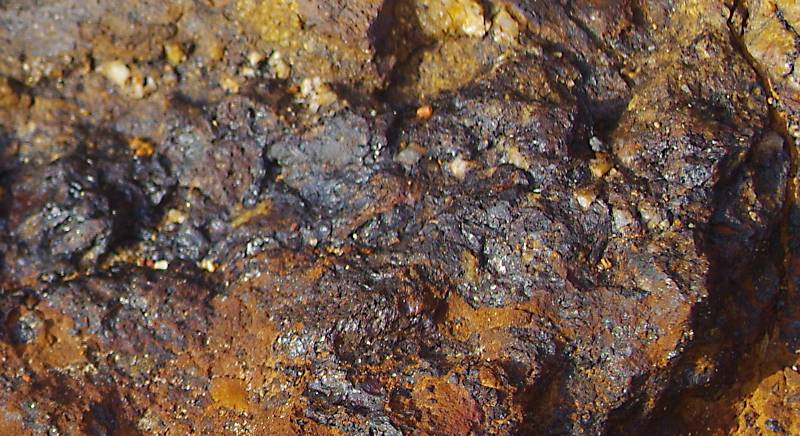
The iron and copper ore of Serifos cover an extensive area, laying on or near the surface. Their extraction and exploitation began in prehistory. As various holes, carved in the rock, and other relics of the proccess show, the main target of ancient miners was copper, a material that was easily worked and tranformed into weapons, tools, vessels and jewelry. After all, this period has been called the Bronze Age. The activity lasted until late antiquity.
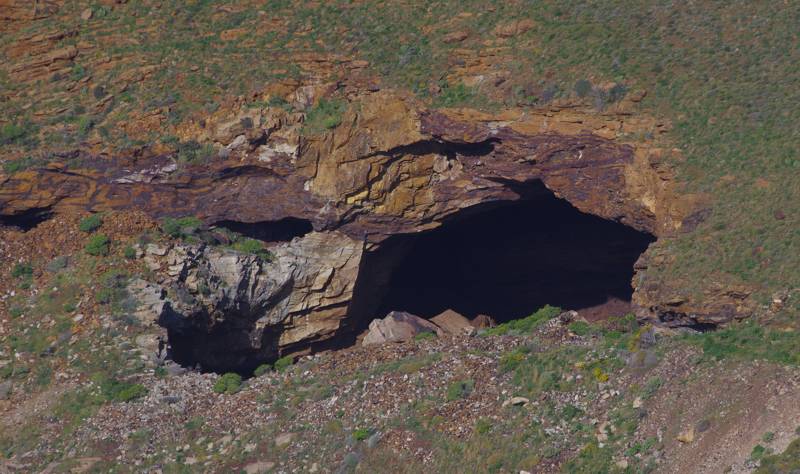
In the 19th c. AD, the exploitation of the iron and other metal deposits of Serifos enters a new period of glory, beginning in the late 1860s. During this period, mining activity focuses on surface iron deposits between Koutala and Mega Livadi. Galleries were limited and mostly experimental, with most of the material being extracted from large open mines.
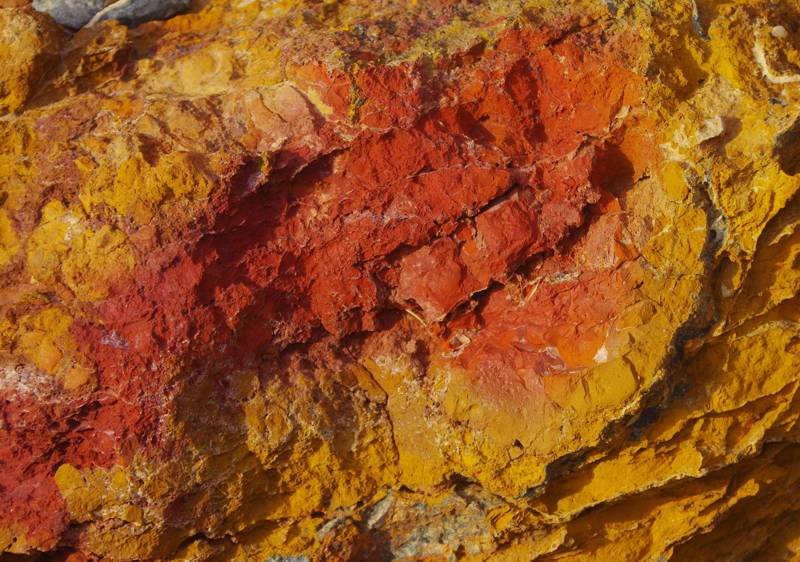
The organization of the mining activity and the marketing of the ore was entrusted to various corporate groups to end up in the French company "Serifos-Spielaseza", which rent its rights to the German engineer and mineralogist, Emil Grohmann. Grohmann's business has developed management and loading infrastructures in the two leeward bays of Koutalas and Mega Livadi. The company headquarters was established in Mega Livadi and was complemented by a chemistry and other labs, workshops, school, police station, worker's houses, ore deposit areas, while in Koutala there were offices, workshops and warehouses.
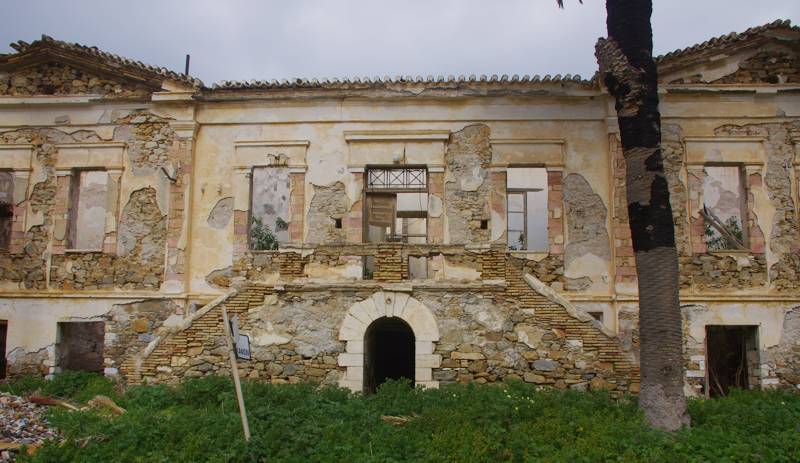
The new element of the 19th century - by comparison to the antiquity - is that ore processing was not done locally - as the process would require significant infrastructure and a large amount of energy and fuel. The ore was loaded onto ships and transported to Western Europe, mainly to Germany, and to a lesser degree to England, France, the Netherlands and Poland. Thus, in addition to the mines themselves, an extensive network of railways was created, with machinery spaces, ramps, maneuvers and loading bridges, interconnected with lanes and paths. The two main loading bridges were in Megalo Livadi, another large one was established in Koutalas and one in each of the bays of Avessalos, Vagia and Tsilipaki.
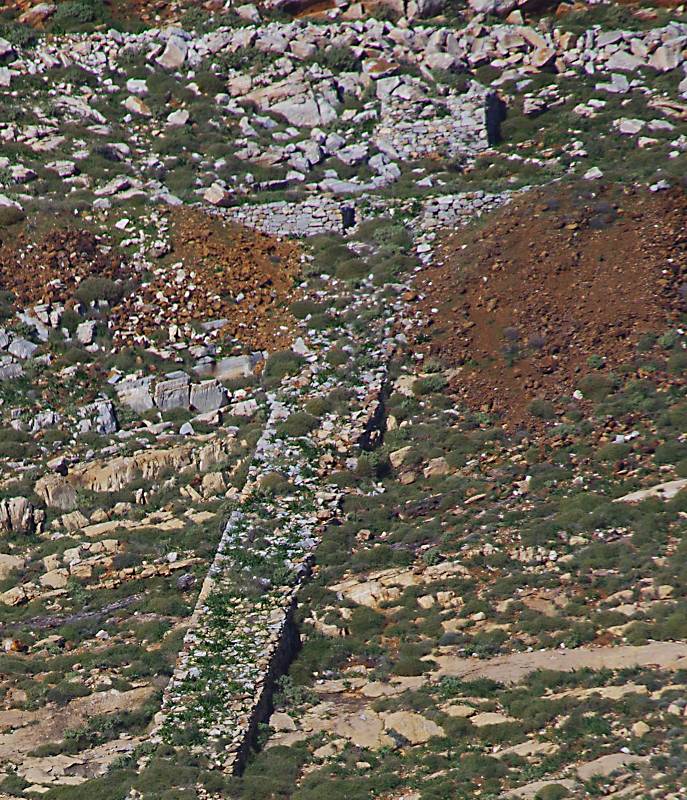
From 1890 until 1905, under Grohmann's tight management and benefiting from the favorable international context, the company flourished and the mines expanded throughout SW Serifos. In 1906 Emil Grohmann dies and is succeeded by his son, Georg Grohmann himself also a mineralogist. Georg Grohmann's administration coincides with the changing conditions on the international market for raw materials and the sharp drop in prices. Along with the crisis that plagues the industry, workers' requests and the pressure from the organized labor movement were increasing. In 1916 strikes broke out in the mines of Serfos, resulting in a violent clash with the gendarmerie, with many dead on both sides.
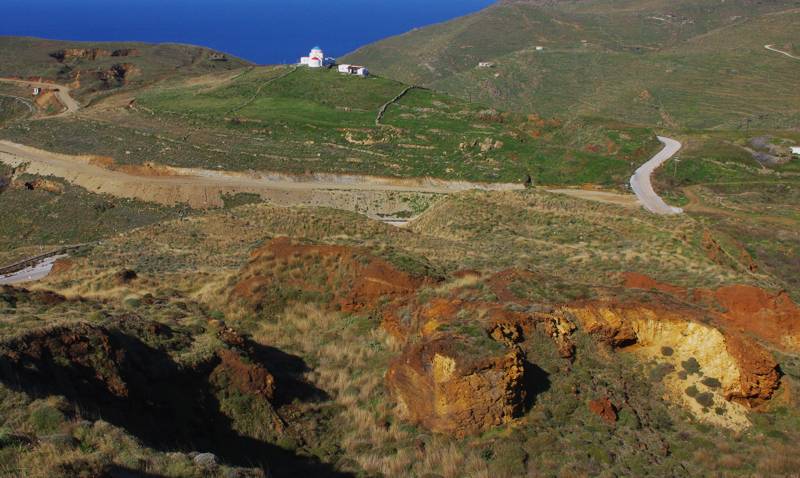
The 1920s rolled into uncertainty and stagnation, and activity recovered somewhat just in the middle of the following decade. "Serifos-Spielaseza" business was taken over by Georg Grohmann's son, Emil Grohmann. Production is rising sharply, with Germany as the main client, preparing for World War II. In the midst of the war, the mines are immediately managed by the Germans. Upon the end od WWII the Grohmann family leaves Greece and "Serifos-Spiliaseza" sompany is soon suspended.
The activity continued in the 1960s under the management of several companies, to be terminated in 1965.
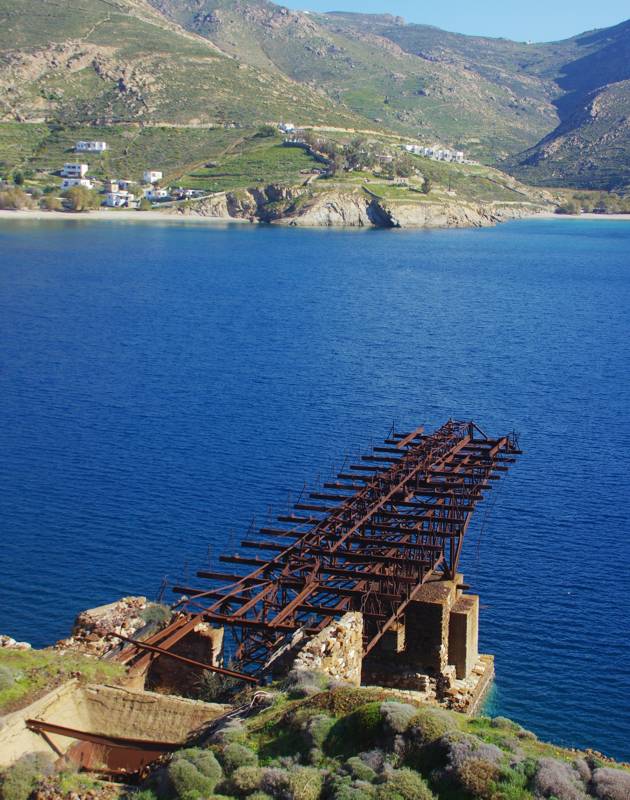
Today, the landscape of SW Serifos is dotted by this long route of struggle and conflict: the magnificent administration building is gradually ruined in Mega Livadi, next to the memorial of the dead workers and opposite the statue of K. Speras, the communist leader of the mobilizations. The working houses in Mia Chorio and Chalara are torn apart, the ramps, the machinery and the loading bridges are rusting, while the old mines are temporarily turn green every Spring.
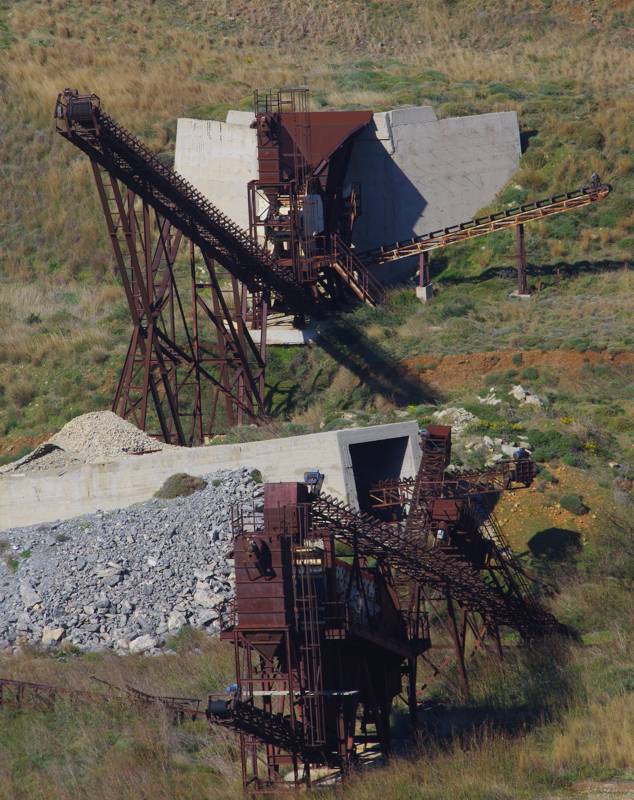
In addition to the extraction of metallic ore, a limited exploitation of sulfur minerals in the Galani area, at the Moutoula location, took place.
A detailed presentation of the mining history of Serifos is included in the application Serifos topoguide. The application is available for Android devices as well as for iOS devices (iPhone and iPad) by AnaDigit.

